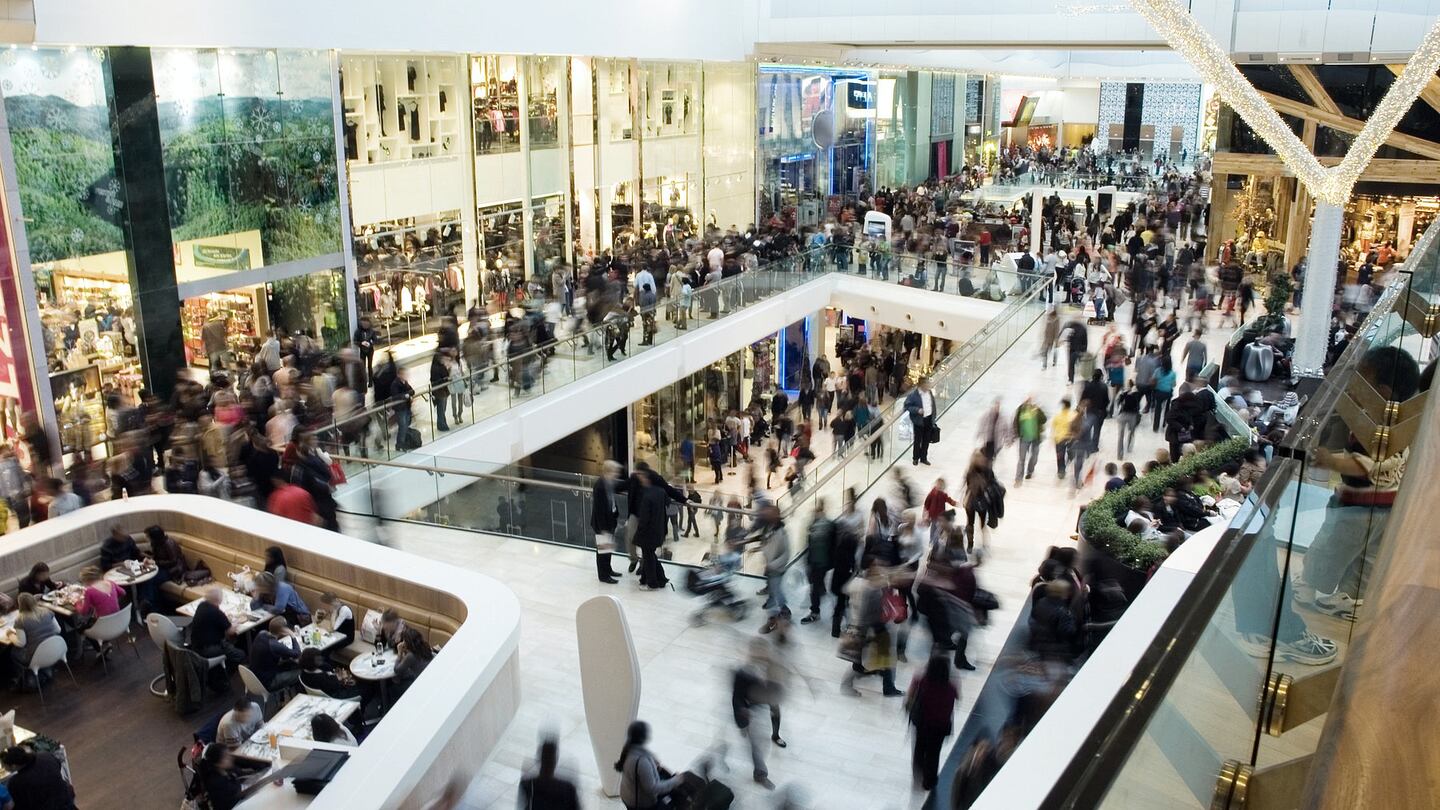
The Business of Fashion
Agenda-setting intelligence, analysis and advice for the global fashion community.

Agenda-setting intelligence, analysis and advice for the global fashion community.

NEW YORK, United States — US retail sales unexpectedly fell in December, posting the worst drop in nine years in a sign of slower economic momentum at year-end amid financial market turmoil and the government shutdown.
The value of overall sales fell 1.2 percent from the prior month after a downwardly revised 0.1 percent increase in November, according to Commerce Department figures released Thursday after a four-week delay due to the shutdown. That missed all economist estimates in a Bloomberg survey that had called for a 0.1 percent gain.
The broad weakness across most sectors adds to signs that US economic growth is cooling from prior quarters — potentially by more than projected — as consumption makes up about 70 percent of the economy. It may reinforce investor expectations that the Federal Reserve will hold off on raising interest rates this year amid concern about trade and global growth.
Excluding automobiles and gasoline, retail sales slumped 1.4 percent, the biggest drop since March 2009, after a 0.5 percent advance the previous month.
ADVERTISEMENT
Sales in the “control group” subset, which some analysts use to gauge underlying consumer demand, also missed estimates with a 1.7 percent decline, the biggest drop since the Sept. 11, 2001, terror attacks. That followed a 1 percent advance the prior month. The measure excludes food services, car dealers, building-materials stores and gasoline stations.
Shutdown’s End
While the steep drop follows other data pointing to slower growth, it’s at odds with figures showing a healthy job market and steady wage gains. The slump also may prove temporary as stocks have regained ground following December’s plunge, and the government shutdown ended in late January.
All but two of 13 major retail categories showed a decline, with non-store retailers — which includes online stores — falling 3.9 percent, the most since November 2008. The broad-based weakening reflected lower sales from clothing stores to and gasoline stations. Auto dealers and building materials stores were the only sectors to record increases.
December’s drop is likely to hit estimates of consumer spending following the best back-to-back quarters of economic growth since 2014 and of consumer spending since 2015. Economists surveyed by Bloomberg before Thursday’s data had forecast consumption to grow at a 3.4 percent annualised rate in the fourth quarter and 2.4 percent in the first three months of this year.
Filling-station receipts slumped 5.1 percent, the report showed. The Commerce Department figures aren’t adjusted for price changes, so the readings can reflect both fluctuating gasoline costs and sales.
Sales at automobile dealers rose 1 percent in December after increasing 0.7 percent in the previous month. Industry reports previously showed unit sales rose 0.6 percent in December and fell 5.1 percent in January.
A separate report Thursday from the Labor Department showed filings for unemployment benefits unexpectedly rose last week, a sign of potential residual effects of the shutdown. In addition, producer price inflation cooled in January, according to a Labor Department report.
ADVERTISEMENT
Estimates in the Bloomberg survey for retail sales ranged from a 0.2 percent drop to a 1.2 percent gain.
Receipts at health and personal care stores fell 2 percent, the most since October 2016. Sales at sporting goods, hobby, musical instrument and book stores tumbled 4.9 percent, the biggest drop since September 2008.
The release of January retail-sales figures — originally scheduled for Friday — has been postponed by the shutdown and is yet to be rescheduled. Despite the closure, processing and data quality were monitored during the closure and response rates for the December survey were at or above normal, the Commerce Department said.
The retail-sales data capture just under half of all household purchases and can be volatile on a monthly basis.
By Jeff Kearns
Antitrust enforcers said Tapestry’s acquisition of Capri would raise prices on handbags and accessories in the affordable luxury sector, harming consumers.
As a push to maximise sales of its popular Samba model starts to weigh on its desirability, the German sportswear giant is betting on other retro sneaker styles to tap surging demand for the 1980s ‘Terrace’ look. But fashion cycles come and go, cautions Andrea Felsted.
The rental platform saw its stock soar last week after predicting it would hit a key profitability metric this year. A new marketing push and more robust inventory are the key to unlocking elusive growth, CEO Jenn Hyman tells BoF.
Nordstrom, Tod’s and L’Occitane are all pushing for privatisation. Ultimately, their fate will not be determined by whether they are under the scrutiny of public investors.